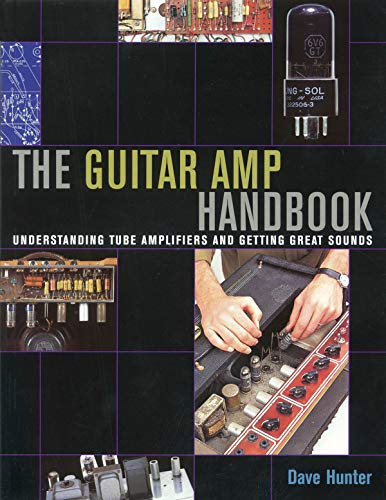MS Vienna
Well-known member
The capsule mount/cradle itself has a negligible effect in this case. The Plexiglas base has most effect in the midrange.
The top end behaviour/character is to a large part determined by the capsule itself. I once A/B-ed the VM1 of a friend to a SM204 on drums and while the SM204 gave a smooth and well balanced representation of the kit the VM1 overemphasized the hihat in particular quite remarkably and generally sounded zingy on the cymbals.
The Neumann K49 doesn´t have this kind of top end zing. But before I changed the 3GOhm resistors to 90MOhm the highs still had a somewhat "cold" precision. Great resolution but not exactly flattering.
Since I like the sound better now with the low value resistors it might do the trick for you too. It´s reversible and cheap enough to just try it and judge yourself.
BTW, I´ve meanwhile done a bit of empirical testing with various resitors and values also in another mic. I found that not only the value makes a difference in sound but also the type/quality of the component. I didn´t expect the differences I experienced. There´s just no way around actual trying and listening!
Sorry for the late reply, I´m not here every day.
The top end behaviour/character is to a large part determined by the capsule itself. I once A/B-ed the VM1 of a friend to a SM204 on drums and while the SM204 gave a smooth and well balanced representation of the kit the VM1 overemphasized the hihat in particular quite remarkably and generally sounded zingy on the cymbals.
The Neumann K49 doesn´t have this kind of top end zing. But before I changed the 3GOhm resistors to 90MOhm the highs still had a somewhat "cold" precision. Great resolution but not exactly flattering.
Since I like the sound better now with the low value resistors it might do the trick for you too. It´s reversible and cheap enough to just try it and judge yourself.
BTW, I´ve meanwhile done a bit of empirical testing with various resitors and values also in another mic. I found that not only the value makes a difference in sound but also the type/quality of the component. I didn´t expect the differences I experienced. There´s just no way around actual trying and listening!
Sorry for the late reply, I´m not here every day.

































